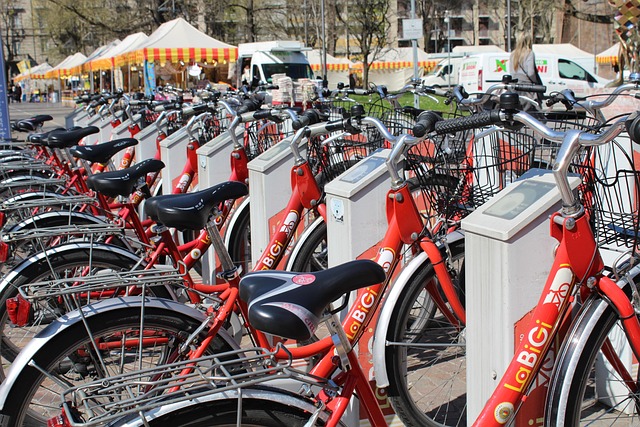Revolutionizing Transportation: The Integration of Urban Mobility Services
In today’s fast-paced world, where every second counts, the need for efficient transportation has never been greater. Our urban centers are expanding at an unprecedented rate, giving rise to the necessity for innovative solutions that address the complexities of modern transit. Enter urban mobility services, a multifaceted approach that is reshaping how we navigate our cities.
What Are Urban Mobility Services?
Urban mobility services encompass a variety of transportation options that promote seamless movement within metropolitan areas. These include public transport systems like buses and subways, ride-sharing services, bike and scooter rentals, and even pedestrian pathways designed for easier navigation. The key is in their integration, which allows users to combine different modes of transport to create a tailored travel experience suited to their specific needs.
The Power of Integration
Imagine stepping out of your home and opening an app that provides you with the best transportation options available at your fingertips. The possibility of planning your route using a mix of public transit, bike-sharing, or electric scooters makes urban exploration not only more convenient but also environmentally friendly. This integration minimizes wait times and maximizes efficiency, allowing individuals to reclaim valuable time in their daily commutes.
Benefits of Urban Mobility Services
- Enhanced Accessibility: Urban mobility services break down barriers, making transportation accessible to everyone—no matter their age, ability, or socioeconomic status.
- Environmental Sustainability: By promoting alternative transport modes, cities can significantly reduce their carbon footprints, leading to cleaner air and a healthier population.
- Reduced Traffic Congestion: The more seamless the integration of different services, the less reliance there is on personal vehicles, effectively decreasing congestion in urban areas.
- Economic Opportunities: Efficient transportation systems can boost local economies by providing easier access to businesses and services, creating a more vibrant urban life.
Challenges on the Path to Integration
Despite the myriad advantages, the road to fully realizing the potential of urban mobility services is not without its hurdles. Issues such as data privacy, infrastructure investment, and the coordination between various service providers pose significant challenges. Collaboration between government entities, private companies, and the community is essential to establish networks that function seamlessly.
Embracing the Future
The integration of urban mobility services is more than just a trend; it’s a vision for the future of our cities. As technology continues to advance, so too will our transportation systems, opening doors to innovative solutions that prioritize user experience, sustainability, and efficiency. The shift towards a more integrated transportation model invites us all to be a part of a movement that seeks to enhance urban living for everyone.




